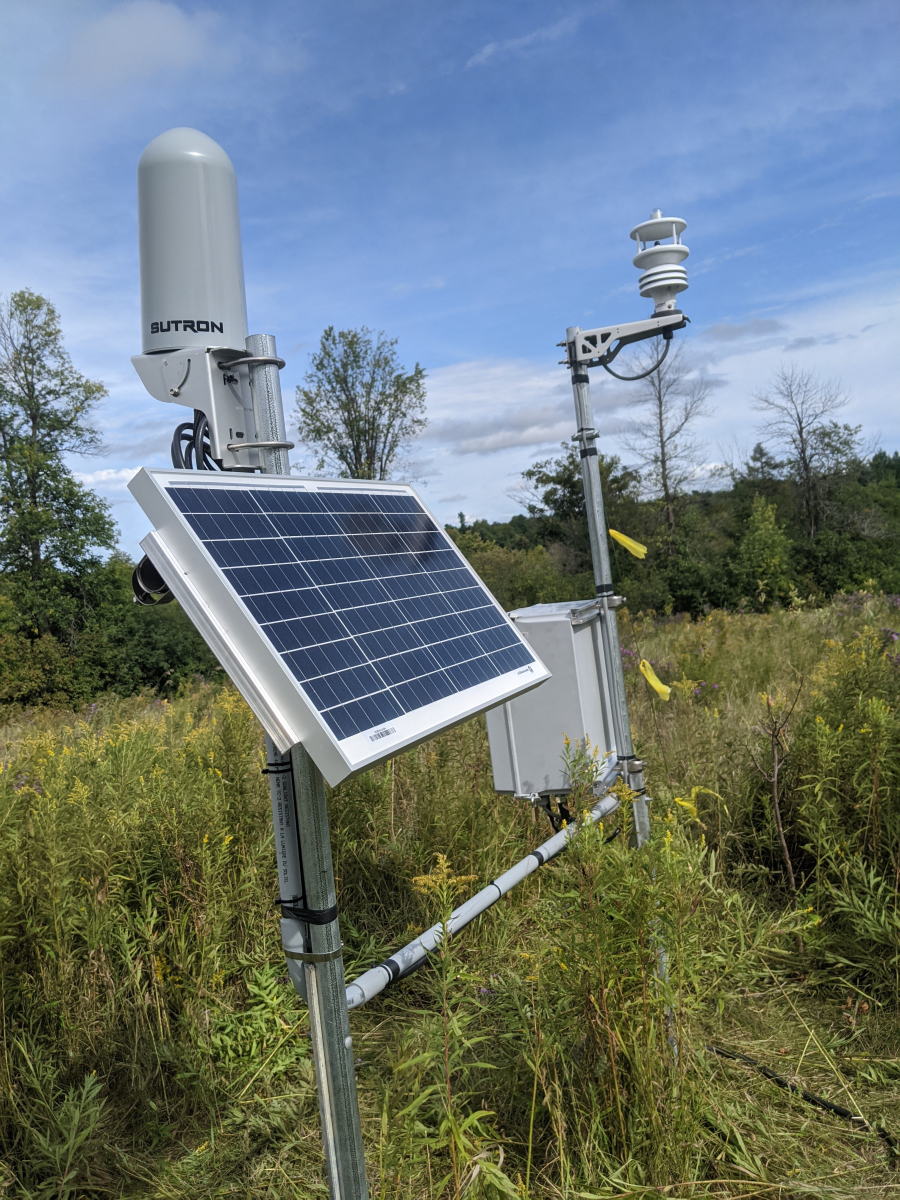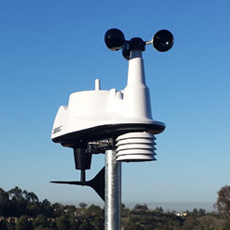Exploring the most recent Technological Developments in Weather Stations for 2024
Exploring the most recent Technological Developments in Weather Stations for 2024
Blog Article
Exploring the Various Kinds Of Expert Climate Stations for Accurate Information Collection
When it comes to picking the ideal climate terminal for data collection, the market offers a variety of options tailored to different requirements and settings. Let's explore the nuances of these expert climate stations to understand their special performances and establish the finest fit for particular information collection demands.
Digital Weather Condition Terminals
In the world of atmospheric instrumentation, electronic climate stations stand apart as sophisticated devices for precise data collection and evaluation. These innovative terminals are equipped with sensing units that record a vast array of climate criteria such as temperature level, humidity, barometric pressure, wind speed, and instructions. The information collected by electronic climate terminals is sent wirelessly to a main console or a computer system for real-time surveillance and evaluation.
One of the key benefits of electronic climate stations is their ability to give high-resolution information with precision and reliability. This degree of precision is essential for different applications, consisting of farming, emergency situation, research, and aviation reaction. In addition, electronic weather stations commonly feature software application that permits customers to envision the information in various formats like graphes and charts, facilitating simpler analysis and decision-making.
Wireless Climate Terminals
Structure on the capacities of electronic weather stations, wireless weather condition stations use boosted convenience and versatility in data transmission and tracking. By making use of cordless innovation, these weather condition terminals eliminate the need for difficult wired connections, permitting very easy installation in different areas. The wireless feature enables real-time data surveillance from remote areas, providing meteorologists and climate fanatics with instant access to important details.
Wireless weather condition stations usually are composed of sensing units that gather information on temperature level, humidity, barometric stress, wind speed, and instructions. These sensors wirelessly send the data to a central console or receiver, where it is refined and displayed for evaluation. Some advanced cordless weather terminals can even connect to the web, allowing customers to access their weather condition information remotely via computers or smartphones.

Prosumer Weather Stations
What differentiates Prosumer Weather Stations from conventional consumer-grade weather condition terminals? Prosumer Climate Stations bridge the gap between professional-grade and consumer-grade tools, offering more sophisticated functions and greater precision than typical home weather terminals. These terminals are made for climate fanatics, amateur meteorologists, and small companies that require more accurate information than what customer designs can give.
Prosumer Climate Stations frequently include a larger series of sensors to measure additional meteorological parameters such as UV index, leaf wetness, and soil moisture. They likewise tend to have a greater level of toughness and integrity, making them ideal for long-lasting outside use in various environmental conditions.


Industrial Weather Terminals
Industrial Weather Stations, additionally called atmospheric monitoring systems, are specialized tools designed for durable and precise weather condition information collection in industrial settings. These terminals are tailored to satisfy the one-of-a-kind demands of industrial procedures where accurate weather condition details is essential for security, performance, and decision-making processes.
Industrial climate terminals are geared up with sophisticated sensing units that can measure a wide variety of meteorological criteria such as temperature, moisture, wind rate and instructions, barometric pressure, and rainfall (Weather Stations). These terminals are often ruggedly built to stand up to harsh environmental conditions commonly found in industrial atmospheres
One secret attribute of commercial climate stations is their ability to provide real-time data monitoring and analysis. This allows industrial facilities to anticipate weather-related risks, maximize procedures based upon weather, and ensure the safety of employees and equipment. Furthermore, industrial weather terminals can be incorporated right into existing commercial control systems for seamless data administration and automation.
Portable Weather Terminals
Unlike fixed industrial weather condition stations, portable climate terminals supply adaptability and flexibility for on-the-go information collection in numerous ecological setups. These small units are designed to be conveniently moved to various locations, making them ideal for area research study, emergency feedback circumstances, agriculture, building and construction websites, and outdoor occasions.
Portable weather terminals usually include sensing units for measuring parameters such as temperature level, humidity, barometric stress, wind speed, and wind instructions. Some advanced models might also include additional sensing units for monitoring Visit Your URL rains, solar radiation, and UV levels. In spite of their small dimension, portable weather condition stations can providing exact and reputable data similar to that of larger, taken care of stations.
Among the essential benefits of portable climate stations is their fast deployment and convenience of setup. They can be functional within minutes, permitting fast information collection and evaluation. Additionally, these terminals can be programmed to transfer real-time information wirelessly, enabling customers to keep an eye on and assess ecological conditions from another location. On the whole, portable climate stations are very useful devices for professionals needing mobile, accurate, and prompt climate information in diverse setups.
Conclusion
Finally, expert climate terminals come in various types such as digital, wireless, prosumer, commercial, and portable. Each type provides one-of-a-kind functions and capabilities for exact information collection. Choosing the ideal weather condition terminal depends on the particular requirements and needs of the user. By comprehending the distinctions in between these kinds of weather stations, individuals can make enlightened decisions to ensure they obtain the most accurate and dependable weather condition information for their purposes.
Building on the capacities of electronic weather terminals, cordless weather condition stations offer enhanced comfort and versatility in information transmission and tracking. Some advanced cordless weather condition stations can also connect to the net, enabling users to access their climate information remotely via my site computer systems or mobile phones.
Prosumer Weather Stations bridge the gap in between consumer-grade and professional-grade devices, using more innovative functions and higher precision than normal home weather condition terminals. Weather Stations. In general, mobile weather terminals are invaluable devices for professionals needing mobile, exact, and timely weather condition details in diverse settings
By recognizing the distinctions between these types of weather condition stations, individuals can make enlightened choices to ensure they get the most trustworthy and precise weather data for their functions.
Report this page